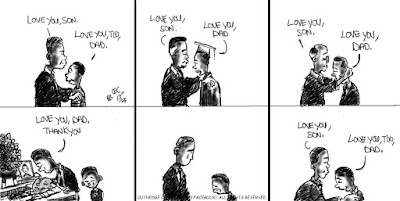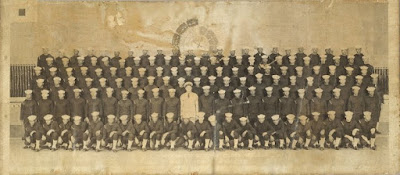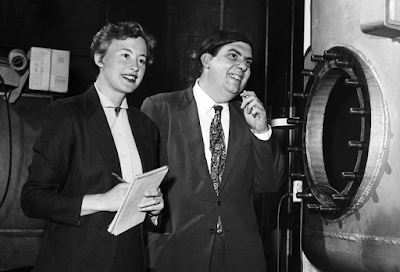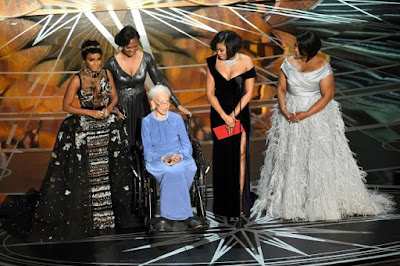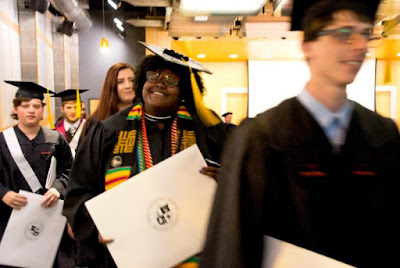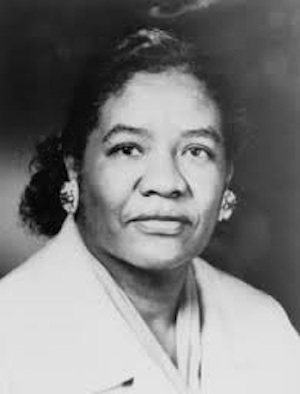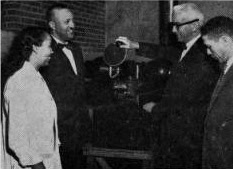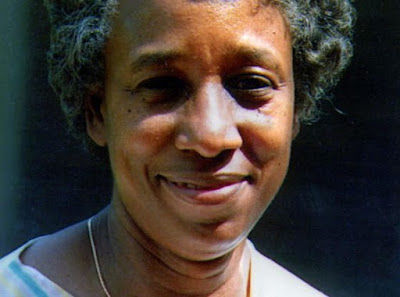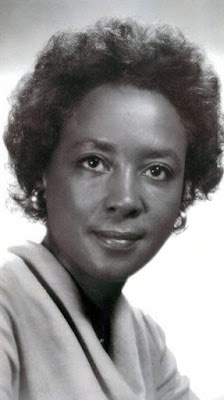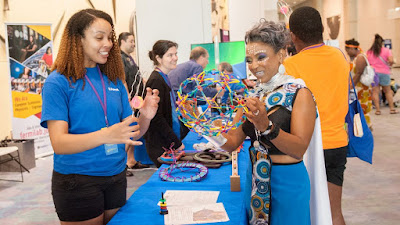
Image Source: American Physical Society (APS) News
Topics: Astrophysics, Condensed Matter Physics, Diversity in Science, Women in Science
Dr. Joan Feynman was "Surely, You're Joking," Nobel laureate Dr. Richard Feynman's baby sister, and an impressive scientist in her own right. We lost her in July. She broke through a lot of barriers that her science progeny are now, rightfully, walking through.
Joan Feynman, an astrophysicist known for her discovery of the origin of auroras, died on July 21. She was 93.
Over the course of her career, Feynman made many breakthroughs in furthering the understanding of solar wind and its interaction with the Earth’s magnetosphere, a region in space where the planetary magnetic field deflects charged particles from the sun. As author or co-author of more than 185 papers, Feynman’s research accomplishments range from discovering the shape of the Earth’s magnetosphere and identifying the origin of auroras to creating statistical models to predict the number of high-energy particles that would collide with spacecraft over time. In 1974, she would become the first woman ever elected as an officer of the American Geophysical Union, and in 2000 she was awarded NASA’s Exceptional Scientific Achievement Medal.
Feynman’s choice in pursuing a career as a scientist was often at odds with the expectations for women, especially the expectations for a wife and mother, but she persisted to become an accomplished astrophysicist. During the 2018 APS April Meeting, where Feynman spoke at the Kavli Foundation Plenary Session, she recalled her mother discouraging her childhood interest in science, calling “women’s brains too feeble,” likely a common belief at the time.</em>
For her fourteenth birthday, Richard gave Feynman a copy of Astronomy by Robert Horace Baker, a college-level physics text, that both taught her about physics and what was possible: Feynman credited a figure attributed to Cecilia Payne-Gaposchkin for proving to her that women could indeed have a career doing science.
As part of her research at JPL, Feynman identified the mechanism that leads to the formation of auroras and developed a statistical model to determine the number of high-energy particles expelled from coronal mass injections that would hit a spacecraft during its lifetime. After her retirement from a senior scientist position in 2003, Feynman continued to conduct research on the impact of solar activity on the early climate of the Earth and the role of climate stabilization in the development of agriculture.
Joan Feynman 1927–2020, Leah Poffenberger, APS News


